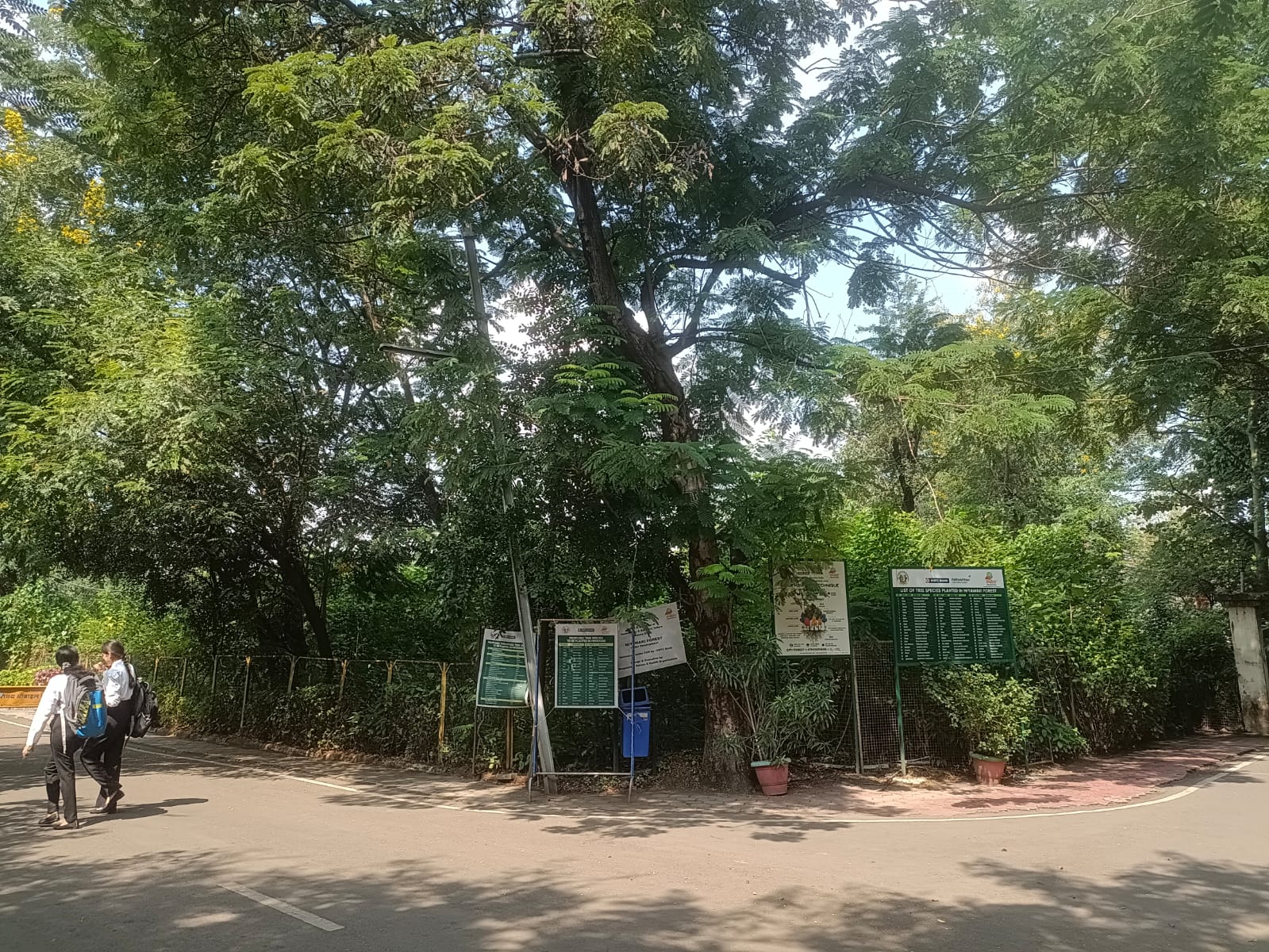Donations to our organisation qualify for tax exemption under Section 80-G of the Income Tax Act.
Donations to our organisation qualify for tax exemption under Section 80G of the Income Tax Act.
Loading
Donations to our organisation qualify for tax exemption under Section 80-G of the Income Tax Act.
Donations to our organisation qualify for tax exemption under Section 80G of the Income Tax Act.

Urban Forest Development involves the deliberate cultivation of forest-like environments within urban areas. This initiative focuses on strategic planning, planting, and managing a diverse range of native trees and vegetation to mimic the ecological functions of natural forests. The aim is to enhance biodiversity, improve air quality, sequester carbon, and provide recreational spaces for urban residents. Additionally, Urban Forest Development contributes to the aesthetic appeal of cities and fosters community engagement. It plays a vital role in creating balanced, green urban environments that benefit both people and the environment.
Our expertise lies in the establishment of self-sustaining, low-maintenance native forests. We've been leading the way in pioneering and executing innovative plantation techniques, including the cutting-edge URBAN Forest Development.
Following are the SDGs Our project contributes to:
Why?
· Biodiversity Conservation: It aims to create habitats for various wildlife species, contributing to urban biodiversity and maintaining ecological balance.
· Air Quality Improvement: Urban forests act as natural air filters, absorbing pollutants and releasing oxygen. This helps improve air quality, benefiting the health of city residents.
· Carbon Sequestration: Trees in urban forests store carbon, helping combat climate change by reducing the concentration of greenhouse gases in the atmosphere.
· Recreation and Well-being: Urban forests offer spaces for recreation, exercise, and relaxation. They provide opportunities for residents to connect with nature and improve mental and physical well-being.
· Storm water Management: The vegetation in urban forests helps absorb rainwater, reducing the risk of flooding and alleviating pressure on storm water drainage systems.
· Community Engagement and Education: Urban Forest Development often involves local communities, creating a sense of ownership and pride. It also provides educational opportunities about the importance of environmental conservation.
· Aesthetic Enhancement: Well-maintained urban forests contribute to the visual appeal of a city, making it a more attractive and livable place for residents and visitors.
· Economic Benefits: Urban forests can increase property values, attract businesses, and enhance the overall economic vitality of a city.
· Natural Disaster Resilience: Urban forests can act as buffers against natural disasters like floods and storms, providing protection for nearby neighborhoods.
· Public Parks and Gardens: These are ideal locations for urban forestry initiatives, providing ample space for planting a diverse range of trees and creating green oases for the community.
· Streetscapes and Sidewalks: Planting trees along streets and sidewalks helps beautify urban areas, provide shade, and improve air quality for pedestrians and residents.
· School Campuses and Educational Institutions: Educational institutions can serve as excellent sites for urban forestry projects, offering opportunities for learning about environmental stewardship and providing valuable green space for students.
· Residential Neighborhoods: Incorporating trees into residential areas enhances the quality of life for residents, providing aesthetic appeal, shade, and opportunities for outdoor recreation.
· Industrial Zones: Even in industrial areas, urban forestry can be implemented to mitigate the environmental impact of industrial activities and improve the overall well-being of workers.
· Waterfronts and Riverbanks: Planting trees along waterfronts and riverbanks helps stabilize soil, prevent erosion, and enhance the overall aesthetic of these areas.
· Institutional and Government Buildings: Trees can be planted around institutional and government buildings to improve the overall environment and contribute to a more pleasant and inviting atmosphere.
· Transportation Corridors: Planting trees along roads, highways, and other transportation corridors helps mitigate the visual and environmental impact of infrastructure.
· Cemeteries and Memorials: Trees in cemeteries and memorial sites provide a peaceful and reflective atmosphere, while also contributing to the overall greenery of urban areas.
METHODS WE USED:
A) Miyawaki Method
B) Butterfly Forest
C) Agroforestry
D) Bee Forest
E) Birds Forest
F) Nakshtra Forest
G) Ayurveda Forest
H) Oxygen Forest
I) Carbon Capturing Forest